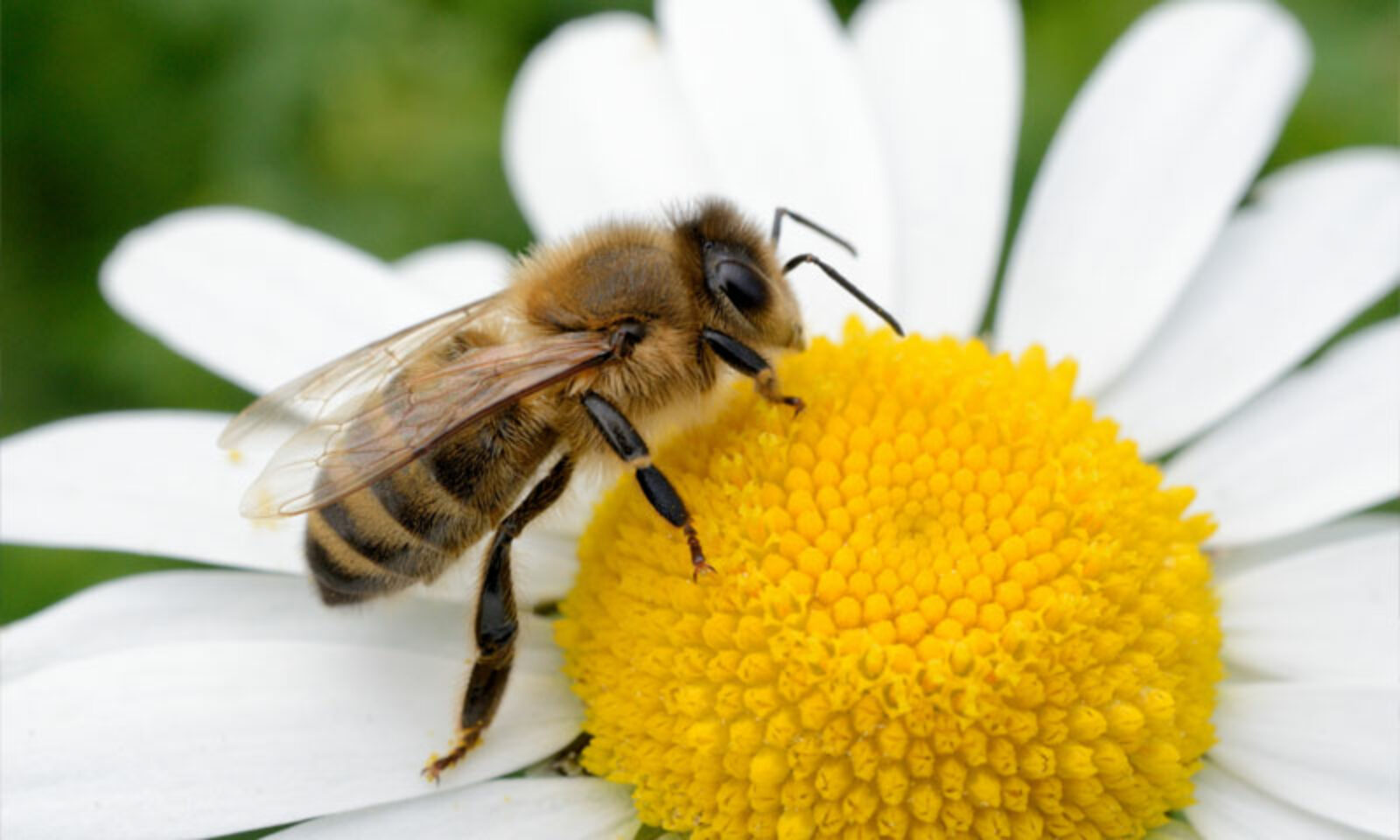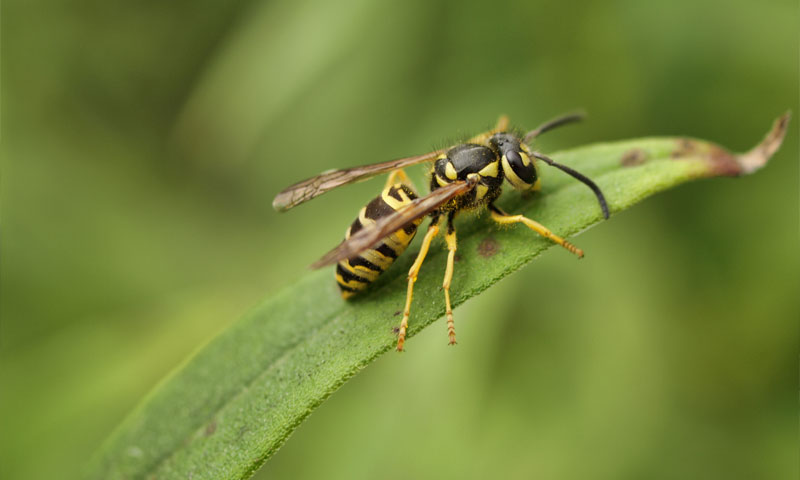Live Honey Bee Removal and Relocation
At TruNorth Bee Removal, we take pride in providing thorough, expert, and damage-conscious honey bee removal services. Our step-by-step process ensures that eachhive is located, safely removed, and the area is properly repaired and secured to prevent reinfestation.
Here’s how we approach every honey bee removal:
1. Locate the Hive
Finding the precise location of a hive within a structure can be challenging. At TruNorth Bee Removal, we use specialized tools and our extensive experience to pinpoint the hive without unnecessary disruption. Before cutting into drywall or removing siding, we ensure the exact location of the nest is identified, minimizing damage and keeping your home intact.
2. Remove the Entire Bee Nest
Leaving parts of a hive inside your structure—whether the bees, comb, or honey—can lead to numerous problems, even if the bees are no longer active. These risks include:
- Reinfestation: New colonies are drawn to old hive locations.
- Wax Moth Larva Invasion: This can further damage your property.
- Unpleasant Smells: Decaying bees and fermenting honey can create strong odors.
- Structural Damage: Deteriorating hive materials can harm drywall and other building components.
That’s why we always remove the entire hive, including all bees, the queen, comb, and honey. Live honey bees are carefully relocated to our bee farm, ensuring a sustainable approach to every removal.
3. Minimize Damage to Your Home
We take great care to remove only what’s necessary to access the hive. Our team makes precise cuts to minimize disruption and avoids damaging electrical wires or other key structures. If removal is performed indoors, we cover floors, walls, and furniture with protective plastic to keep your home clean throughout the process.
4. Repairs Included
After the hive is removed, we don’t leave your home vulnerable. We:
- Fill the Void: Insulation is placed in the space to help prevent reinfestation.
- Seal the Entry Point: High-quality caulk and wire mesh are used to thoroughly seal off outside access.
- Close the Access Area: We carefully reinstall the original building materials we removed, ensuring your home is restored. For drywall repairs, we complete the first coat of mud (finishing and painting not included).
If additional bee-proofing is recommended, we’ll provide guidance to keep your home protected. Please note that we do not repair cement blocks, stucco, brick, plaster, or damaged/rotten materials.
5. Guaranteed Work
We stand by our services with a 5-year guarantee against reinfestation to the exact location from which the bees were removed—when we complete the repairs. Honey bees have a powerful sense of smell and will often return to previous hive locations if not properly sealed. Our guarantee ensures peace of mind, so you can trust the job is done right.
Important Note: After removal, it’s common to see a few leftover bees (called field bees) around the entry point for up to a week. These are foragers that were away when the hive was removed. They will naturally disperse over time.






